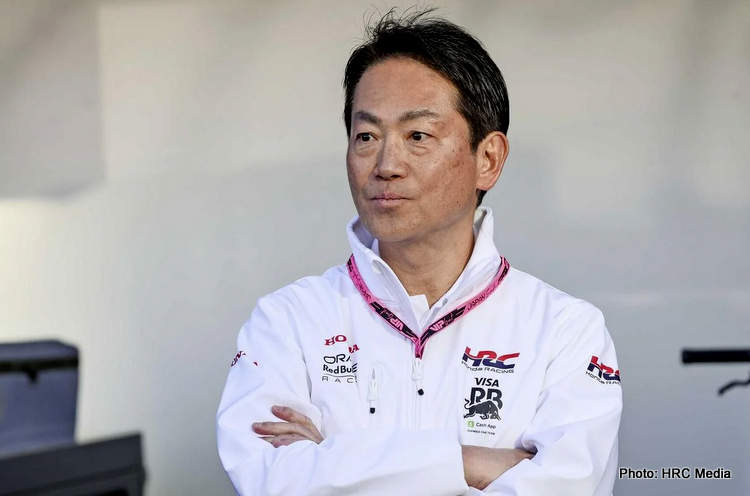Honda’s highly anticipated fifth return to Formula 1 as a full works partner with Aston Martin for the 2026 season marks a significant strategic pivot, directly addressed by Honda Racing Corporation (HRC) President Koji Watanabe, who asserts this comeback is an evolution rather than a reversal of previous decisions.
Just five years after a conscious withdrawal from the sport at the close of 2021 to prioritize electrification and environmental technology, Honda’s re-entry has raised industry eyebrows. However, Watanabe emphasizes that the continued technical support provided to Red Bull through HRC, which contributed to multiple F1 world titles, maintained their vital connection to the pinnacle of motorsport, allowing a seamless re-engagement.
Watanabe clarified that Honda’s initial withdrawal was a necessary reallocation of resources—engineers, materials, and funds—towards electrification across the entire Honda Group. He views the current return not as a step back, but as a strategic evolution, aligning with the dynamic shifts in mobility and the upcoming 2026 F1 regulations that demand advanced electrical output and carbon neutrality.
The imperative to register as a manufacturer in advance was crucial for securing an entry ticket for the 2026 season. Watanabe revealed that HRC, driven by its commitment as a racing company, actively sought involvement in future F1 developments, engaging with various teams even before receiving official permission from Honda to re-enter, showcasing their proactive approach.
The new 2026 F1 regulations, which significantly rebalance power towards electrical components and emphasize carbon neutrality, present both opportunities and uncertainties. Watanabe acknowledges the competitive landscape, stating that other companies’ strategies are unknown, but Honda is setting “a reasonable target several steps higher than the current one” to strive for excellence.
This latest comeback is underpinned by crucial internal structural changes within Honda. Unlike previous F1 programs managed by temporary R&D projects, HRC now integrates both two-wheel and four-wheel racing, reflecting a more consolidated and efficient approach. Watanabe underscored Honda’s core philosophy: “We develop people and technology. That is our policy. That is why we race,” highlighting F1 as a crucible for engineering talent.
A significant driver behind Honda’s return is the burgeoning popularity of Formula 1 in the United States, which Watanabe identifies as a paramount market for the company. The surging interest in F1 across the US provided a compelling commercial justification and a strategic window for their re-entry, demonstrating a clear alignment with global market trends.
The discussion also touched upon the future of Japanese drivers, particularly Yuki Tsunoda. While acknowledging his struggles with car competitiveness, Watanabe expressed confidence in Tsunoda’s positive attitude and Red Bull’s commitment to improving the car. He also affirmed that Honda prioritizes a driver’s will and performance over nationality, aiming to support any Japanese driver who aligns with a winning lineup.
With established drivers like Fernando Alonso and Lance Stroll contracted at Aston Martin, future seats for Japanese talent like Yuki Tsunoda will hinge on performance and strategic fit within a championship-contending team. Watanabe’s concluding remarks reiterated their objective: “We need a driver lineup that can win. If a Japanese driver fits in well with that, we’d like to push him,” emphasizing a merit-based approach to driver selection.






Leave a Reply